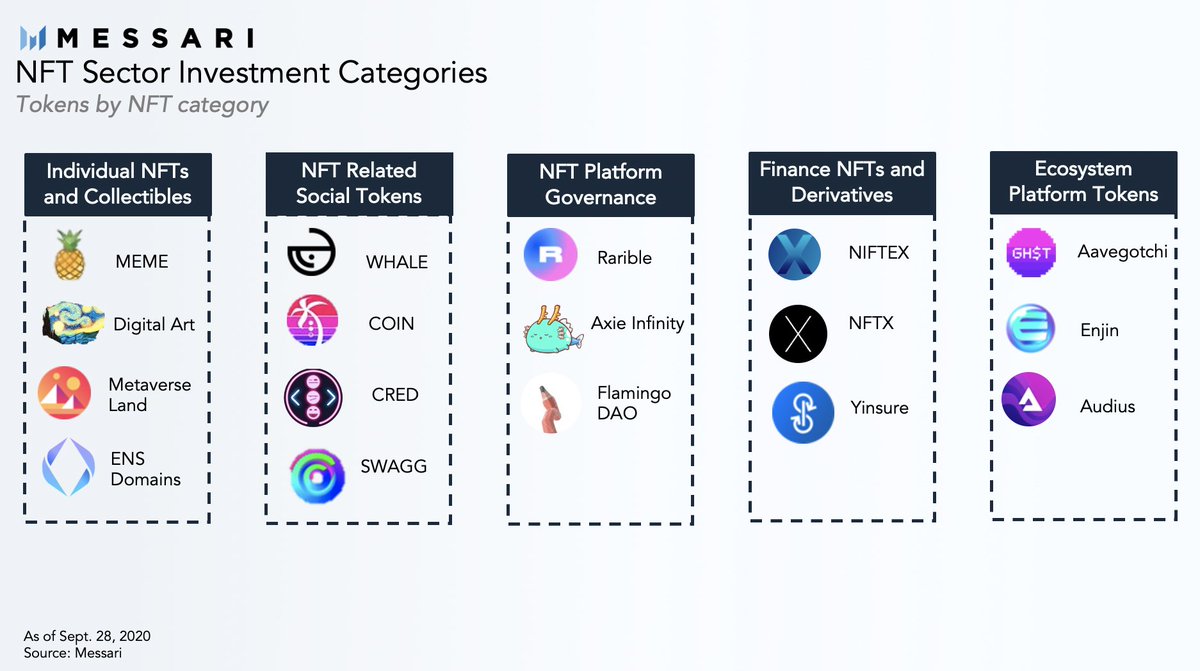
A Short Story on Art and the Parallels to Crypto NFT and Digital Art Investing 👇🏻
messari.io/article/the-ps…
messari.io/article/the-ps…
I’ve recently been reading Morgan Housel’s new book “The Psychology of Money” which outlines various lessons on finance through captivating stories. One story is that of Heinz Berggreun, a German immigrant who arrived in the U.S after fleeing Nazi Germany.
Eventually, Berggreun became an Art Director at the San Francisco Museum of Modern art and an art dealer whose collection included Picasso, Braque, Klee, Giacometti, Matisse, and others. Towards the end of his life, his collection was valued at over a billion dollars.
This story is not unique, various art collectors and dealers throughout the 20th century ended up amassing incredible fortunes. But, what made them so successful at building art portfolios?
Overall there are three primary themes present in the greatest art collectors throughout the 20th century: Indexing, Static Portfolio Management, and Skill.
As digital art enters the mainstream, new collectors can follow these techniques when building their portfolios.
As digital art enters the mainstream, new collectors can follow these techniques when building their portfolios.
• • •
Missing some Tweet in this thread? You can try to
force a refresh










